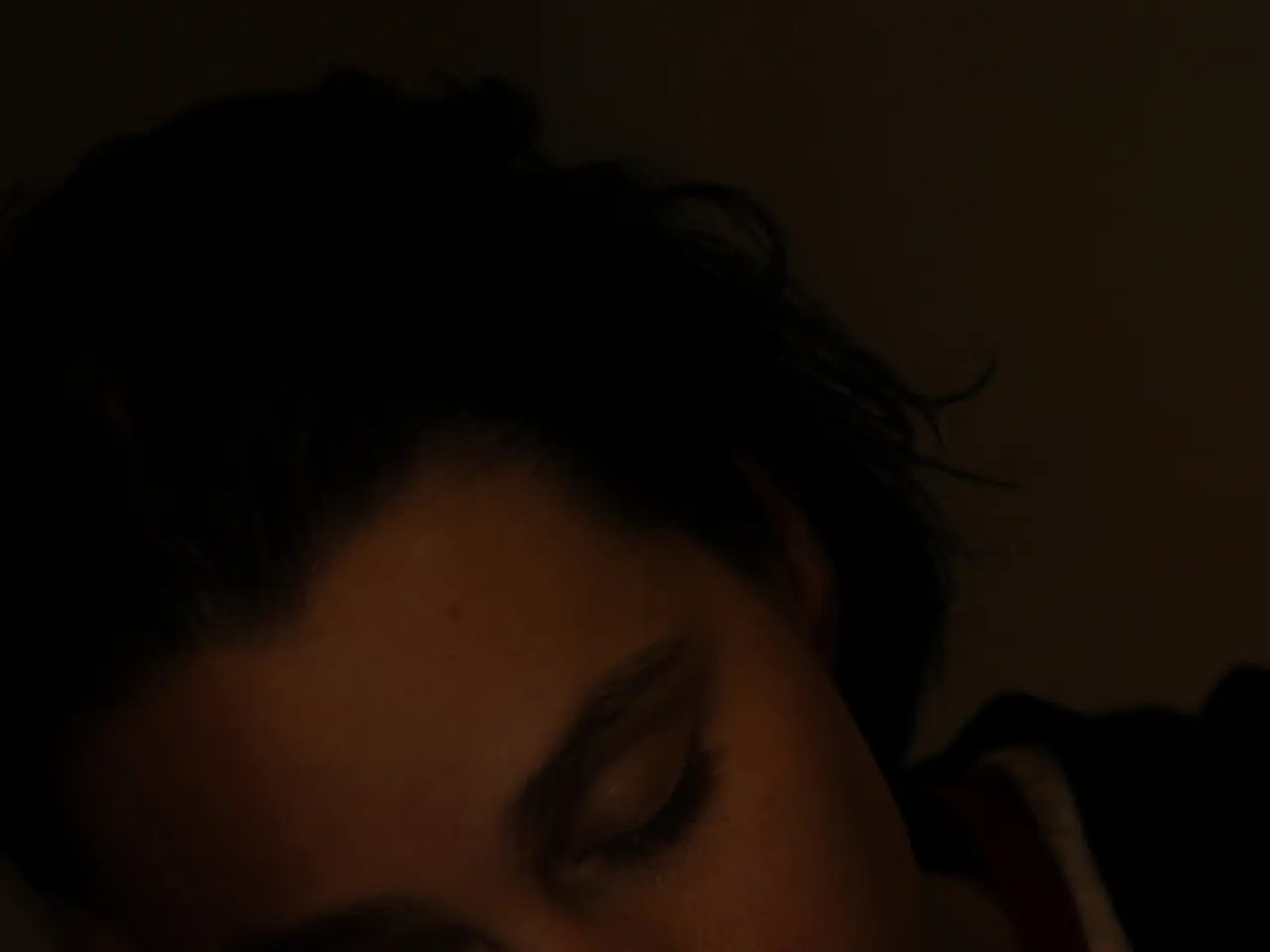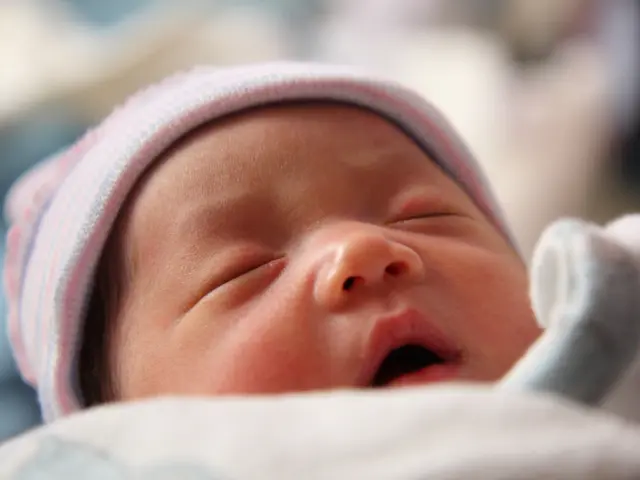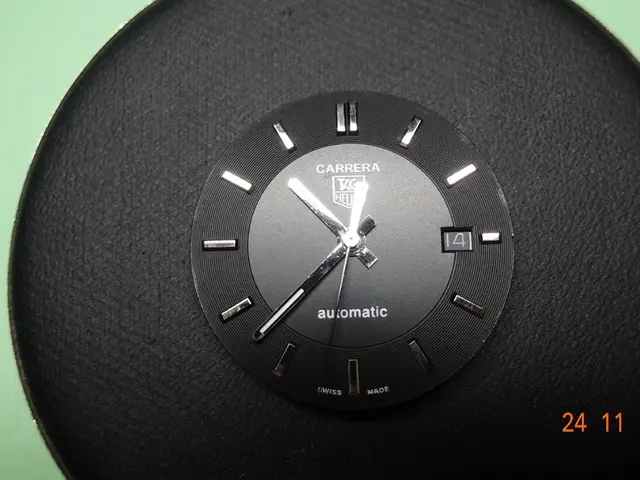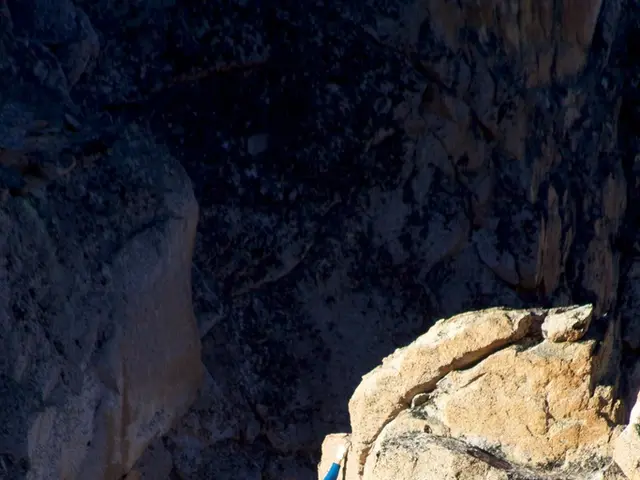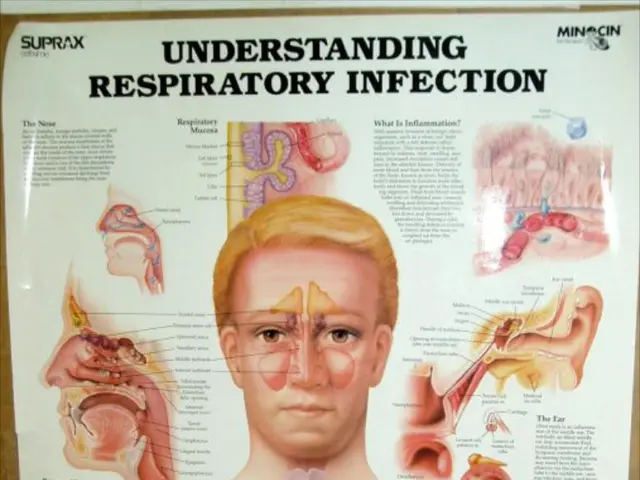Astronauts Face Unique Sleep Challenges in Space
Astronauts face unique challenges when it comes to sleep in space. The lack of gravity and constant light and noise disrupt their sleep patterns, leading to discomfort and reduced sleep quality.
In microgravity, body fluids shift towards the upper body, causing congestion and nasal stuffiness. This hinders sleep and makes it difficult for astronauts to find comfortable positions. NASA astronaut Col. Mike Fincke has shared his experience of sleeping in small enclosed spaces using specialized sleeping bags that allow him to sleep while floating.
Spacecraft are equipped with sleeping bags secured to walls or floors to prevent astronauts from floating around during sleep. However, constant light and high noise levels can disrupt their circadian rhythm and sleep. To combat this, astronauts follow a structured sleep schedule and routine, using artificial lighting to regulate their sleep-wake cycles.
Sleep in space is a complex issue due to the unique environment. Astronauts must adapt to the lack of gravity, constant light, and high noise levels. Despite these challenges, they have developed strategies to ensure adequate rest, such as using specialized sleeping bags and maintaining a structured sleep schedule.
